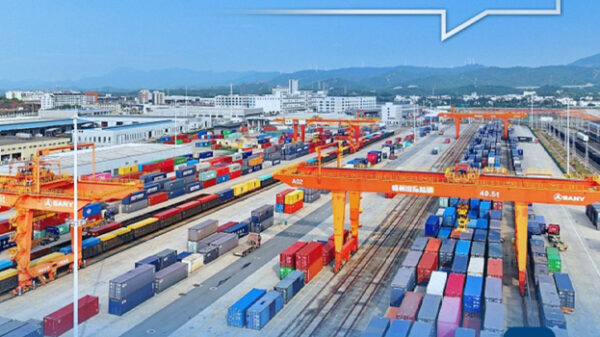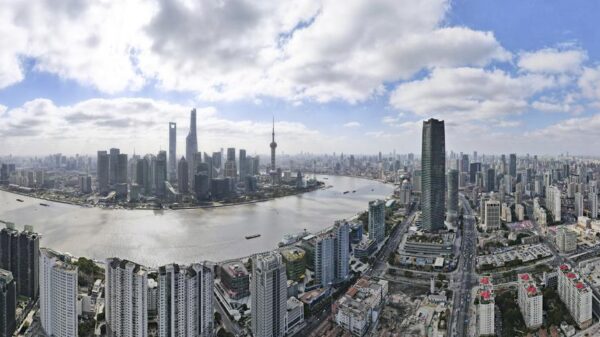BEIJING, Jul 23 – A major Chinese state-owned coal producer has caused “drastic drops” in groundwater near one of its projects, the environmental group Greenpeace said in a report Tuesday.
Lakes have shrunk, wells have dried up and sand dunes are spreading near a plant in Inner Mongolia run by coal conglomerate Shenhua Group, the organisation said.
It called the project a “classic example of the unchecked expansion of coal-reliant industries that is in growing conflict with China’s water resources”.
China — the world’s biggest energy consumer — relies heavily on coal to power its economy, but is facing popular pressure to balance growth with tackling pollution.
The plant in Ordos, the capital of Inner Mongolia, a major coal-producing region, is one of an initial handful of projects using coal to make chemicals.
Greenpeace targeted the Shenhua plant because it might become a model as the water-intensive business expands in China, said campaigner Li Yan.
“These projects are very important not only for Shenhua but also for the whole industry,” she said.
Li added that the company — which would receive a copy of the findings on Tuesday — was the first state-owned enterprise that Greenpeace has so directly criticised.
Such firms often command dominant positions across China’s economy and enjoy close official backing.
Shenhua Group is not the same company as the firm which owns Didier Drogba’s former football club Shanghai Shenhua.
Company representatives could not immediately be reached for comment by AFP.
To enable production the Shenhua plant extracts water from the Haolebaoji area 100 kilometres (60 miles) away, Greenpeace said, citing 11 visits to the area over five months this year.
A lake called Subeinaoer has dropped in surface area by 62 percent from 2004 to 2011, it said, while farmers and herders have complained of disappearing grazing, and sand dunes have spread as land covered by vegetation has shrunk.
Residents used to dig wells 10 to 20 metres (33 to 66 feet) deep to obtain water, said report director Deng Ping.
“Now they have a few well-digging teams that have to get down to 100 metres or even 150 metres in some places to reach water,” she said.
China is the world’s largest producer and user of coal, accounting for nearly half of worldwide consumption.
Pollution has become a popular grievance, with communities around the country protesting about industrial plants that they fear could harm the environment or their health.
A study released earlier this month by a US scientific journal found that a decades-old Chinese policy of giving out free coal for winter heating in the north of the country had reduced life expectancy there by more than five years.
Beijing has set a target of raising non-fossil energy use to 15 percent of its total consumption by 2020, up from 10 percent in 2010.















































